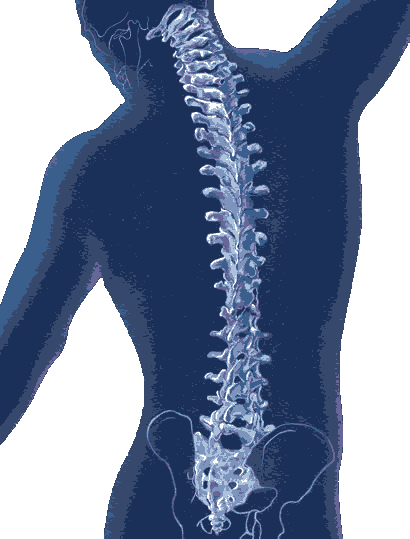
Of all the injuries sustained in automobile accidents, spinal cord injuries (SCI) are among the most life-threatening and traumatic. According to the National Institute of Neurological Disorders and Stroke, approximately 12,000 people suffer new spinal cord injuries every year. This means that every day, 30 lives are forever changed due to traumatic spinal cord injuries. These numbers do not include victims who are injured and subsequently die at the scene of car accidents.
There are many different types of spinal cord injuries, which range in severity and have different outcomes and symptom profiles: complete paralysis of arms and legs (quadriplegia); paralysis of the legs (paraplegia); spinal cord injuries affecting bladder and bowel control; incomplete spinal cord injuries which allow partial movement of upper and/or lower body parts (preserving some of the spine’s ability to transmit signals to the brain); and spinal cord injuries which involve nerve root compression (which may be able to be reversed if treated immediately).
Causes of Spinal Cord Injuries
According to the CDC, alcohol plays a role in as many as 1 in 4 spinal cord injuries. However, using your seatbelt can help reduce your risk of sustaining a spinal cord injury by as much as 60 percent.
The vast majority of SCI victims are males (80 percent) around 40 years old (average age, 40.2 years). Motor vehicle accidents cause the most spinal cord injuries (42.1 percent), followed by falls (26.7 percent) and violence (primarily gunshot wounds). Although there is a great deal of media attention given to spinal cord injuries sustained by professional athletes, sports injuries are the fourth leading cause for SCI (7.6 percent).
Spinal cord injuries sustained in car accidents are often further complicated by other injuries, such as traumatic brain injuries (TBI), which make treating SCI more costly, time-consuming and complex.
Quality of Life and Treatment Costs for Spinal Cord Injuries
Although there has been a considerable advancement in the treatment of SCI over the past several decades, quality of life and treatment modalities for SCI victims still have a long way to go.
Most people who sustain spinal cord injuries report being employed at the time of their injury (57.5 percent), but only 11.5 percent of the injured have returned to work one year after their accidents. Twenty years to thirty years after a spinal cord injury, only 35 percent of SCI victims report being able to return to similar levels of employment. This means that spinal cord injuries take a serious toll on a victim’s emotional and physical well-being, and also impact their lifetime earning capabilities.
This is one reason why it is vitally important for SCI victims to contact knowledgeable, experienced personal injury attorneys following their injury accidents so that they can recover the maximum benefits and compensation. Having a skilled personal injury attorney will help SCI victims receive proper settlements from their insurance companies or other parties involved, and allow the injured victim to focus on their recovery, not spend time battling with claims adjustors, their insurance company or attorneys.
The treatment costs associated with SCI are staggering. According to the Christopher Reeve Foundation, most SCI victims are hospitalized for approximately 12 days (acute care units) following their accidents. Then, they spend an additional 37 days in skilled rehabilitation hospitals. Of those patients who return home, close to 90 percent are discharged to private homes. Approximately 6 percent of SCI patients will never again live in the comfort of their own homes and are discharged to skilled nursing facilities.
Depending on the location of the injury and the age of the victim when the SCI is sustained, the lifetime costs of a SCI vary greatly. For example, the Christopher Reeve Foundation reports that lifetime costs for SCI victims with incomplete motor function on any level can range from 1 million to 1.5 million dollars. For more severe SCI (High Tetraplegia (C1-C4), Low Tetraplegia (C5-C8), Paraplegia), lifetime costs can range anywhere from 1 million to upwards of 4.5 million dollars. The cost of medical care in the first year after an SCI alone can skyrocket past one million dollars, depending on the severity of the injury and the age of the victim.
If you or a loved one sustained a spinal cord injury in a car accident, at work or as the result of another’s negligence, please contact the experienced personal injury attorneys at Hardy, Wolf and Downing to schedule a free and confidential evaluation of your case. Attorneys in our Lewiston and Portland law offices are available to answer your questions and will put our expertise and experience in the field of personal injury law to work for your family.
Our personal injury attorneys provide our blog as a service to our clients. They are meant to be purely informational.

